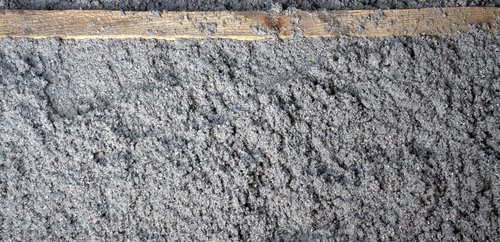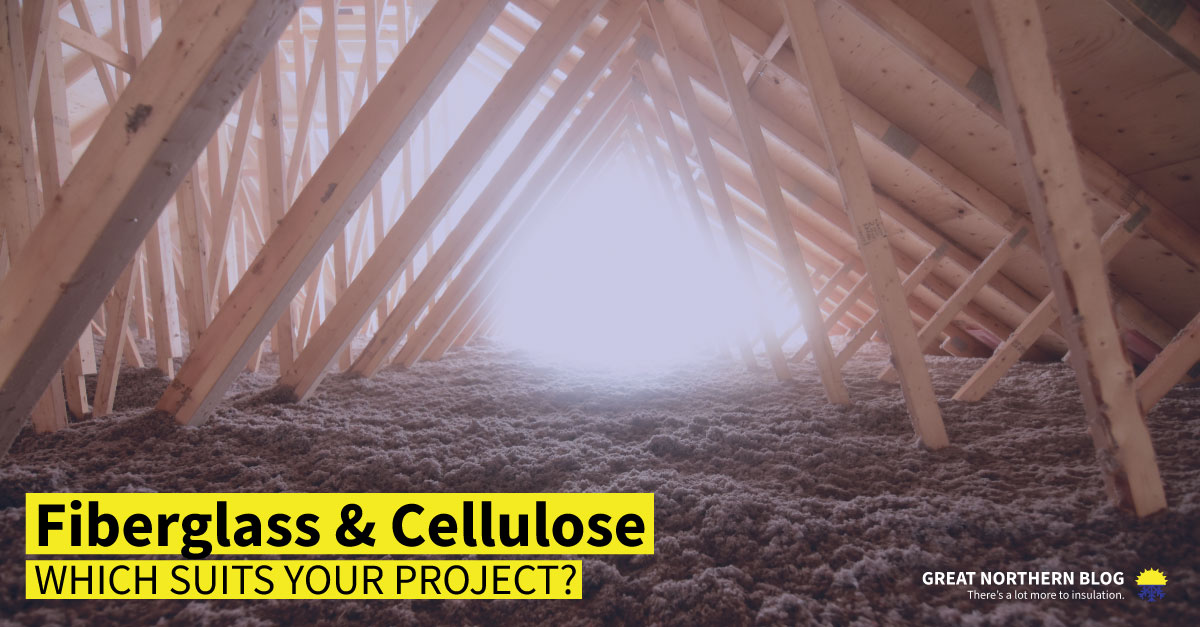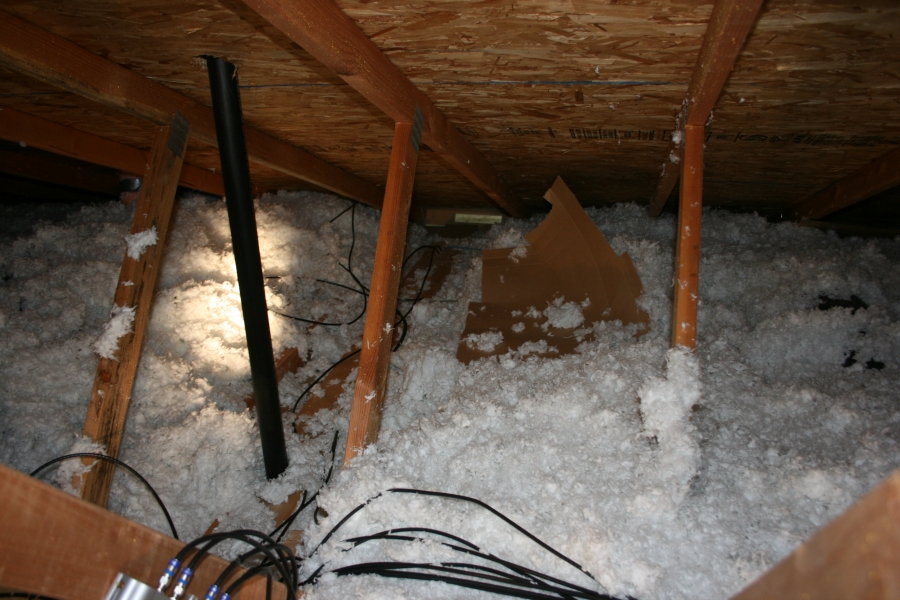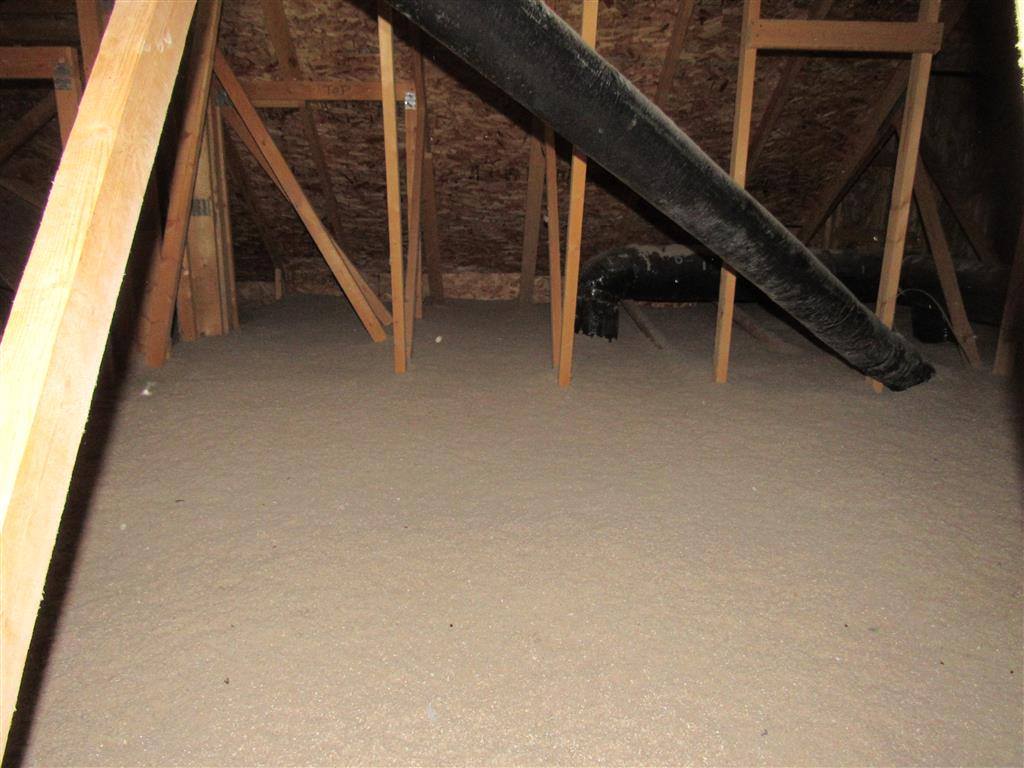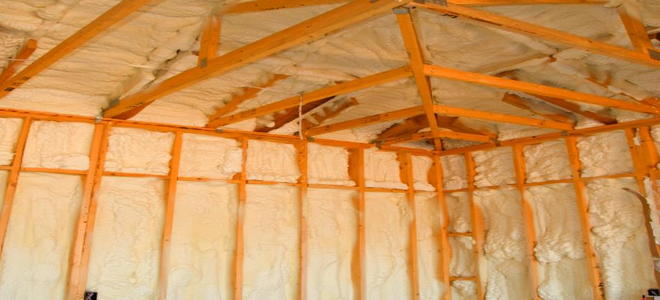Assuming your current attic insulation is made from fiberglass and has a value of r 13 you d have to add roughly 10 inches of additional fiberglass to hit r 38.
Fibreglass vs cellulose attic insulation.
You can get to the same place with either material.
Blown in insulation requires a professional.
If fiberglass batts become compressed losing some of their air pockets then this insulation may be more affected by air flow than cellulose which performs well regardless of density.
Cellulose and fiberglass are the two most popular types of blown insulation and they each have some pros and cons.
Cellulose forms a dense continuous mat of insulation in your attic.
Unless you opt for spray foam then the insulation choices normally come down to cellulose and fibreglass.
Cellulose and fiberglass have similar insulating values.
Cellulose insulates better than fiberglass especially in very cold weather.
Fiberglass batt or roll insulation r3 2.
Dirty fiberglass batts have a significantly reduced r value.
Fiberglass insulation and cellulose insulation offer similar r values.
Both cellulose and fiberglass insulation have their pros and cons but i feel that cellulose is the better bet overall.
Before choosing blown vs.
The two main least expensive and most commonly used residential insulation materials is cellulose and fibreglass.
Batt insulation is available at home centers and lumberyards.
This allows the insulation to get into the small pockets and crevices that fiberglass wouldn t be able to.
Batt insulation take time to read this column.
Thus creating a more energy efficient home.
This keeps the air from moving within the insulation and from penetrations between the air conditioned space and the attic.
This is called wind washing.
Because it is denser than fiberglass cellulose is much more resistant to wind washing.
Or 7 inches of cellulose.
Rather than trying to meticulously lay fiberglass insulation over the attic homeowners and builders can simply blow cellulose insulation throughout the attic.
Fiberglass insulation blown in attic r2 2 r4 3.
Both cellulose and fiberglass insulation provide about the same level of insulating power or r value per inch with slightly different results based on the installation procedure.
Attic insulation is accomplished with either fiberglass blankets batt or blown in insulation.
When used in an attic space however both types of insulation are ineffective at air flow across the attic floor such as a strong gust of wind.
Cellulose is green cellulose is made of 80 post consumer recycled newsprint.
So what are the advantages and disadvantages of each of these.
Air moving through a vented attic deposits dirt and dust into fiberglass batts.
Cellulose wins last update.

